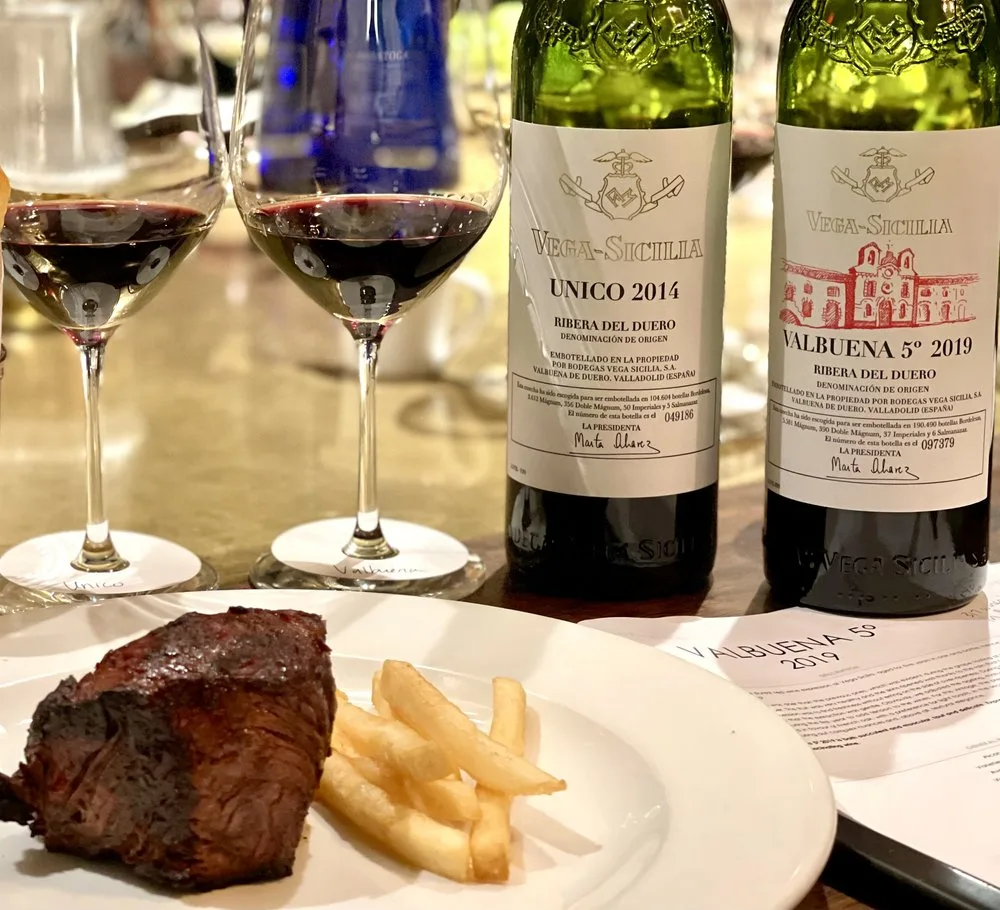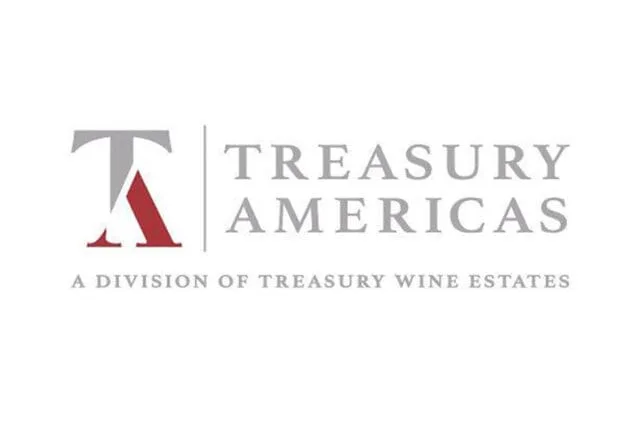In Karen MacNeil’s book, The Wine Bible, she refers to the Spanish winery Vega Sicilia as “the bodegas that sparked a revolution.”
MacNeil notes that while most wineries in Ribera del Duero produced unremarkable wines during the 1950s, 1960s, and 1970s, Vega Sicilia had already begun crafting superb wines much earlier, setting a high standard that influenced the entire region’s winemaking.
“By the mid-1990s,” she writes, “the wines coming out of the region were so shockingly good that some Spanish wine lovers suggested Ribera del Duero—rather than Rioja—might just be the finest wine region in Spain.”
Brief History
Founded 1864 in northern Spain, two hours north of Madrid, the estate now known as Vega Sicilia proved the Ribera del Duero region’s potential for greatness. The founder, Don Eloy Lecanda Chaves, had returned from France with cuttings of Bordeaux vines and planted them alongside the local variety, then known as Tinto del Pais, now called Tinto Fino or Tempranillo and the foundation for Vega Sicilia’s success was established early on. However, the estate didn’t gain worldwide attention until after 1903, under the ownership of Antonio Herrero, whose wines won several awards at home and overseas. The property changed hands several more times before its acquisition by the Álvarez family in 1982, who have continued to build upon this historic legacy.
Today, three distinguished and highly-coveted wines are produced on the 250-acre organically-certified estate: Unico, Unico Reserva Especial, and Valbuena 5º. All three are made primarily from Tempranillo, with Bordeaux varieties (Cabernet Sauvignon and Merlot) blended
This Article was originally published on The Wine Chef





